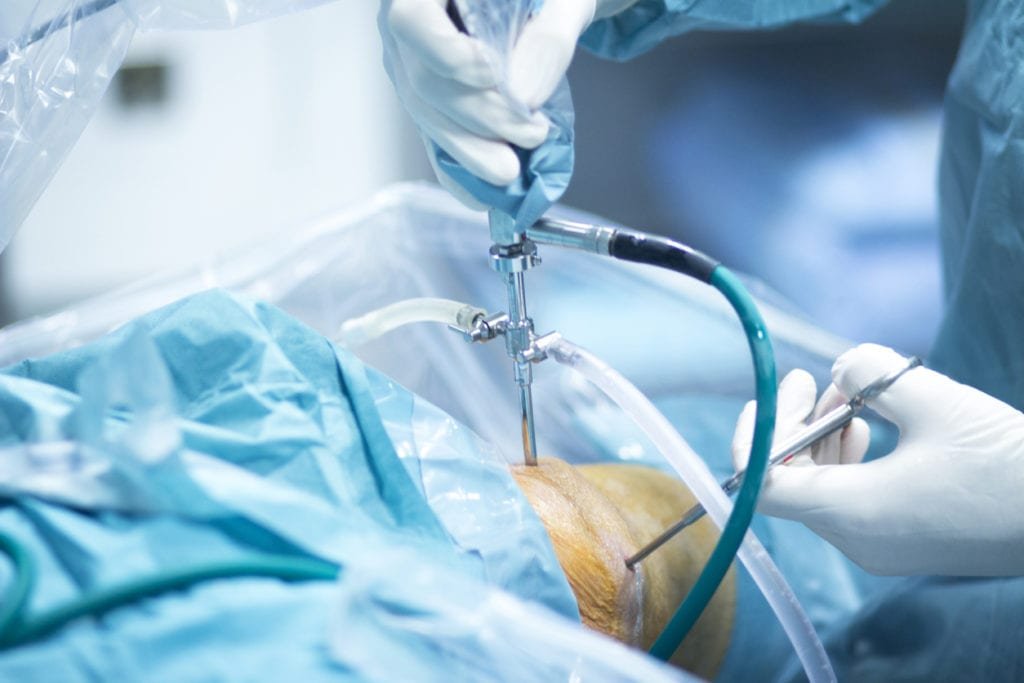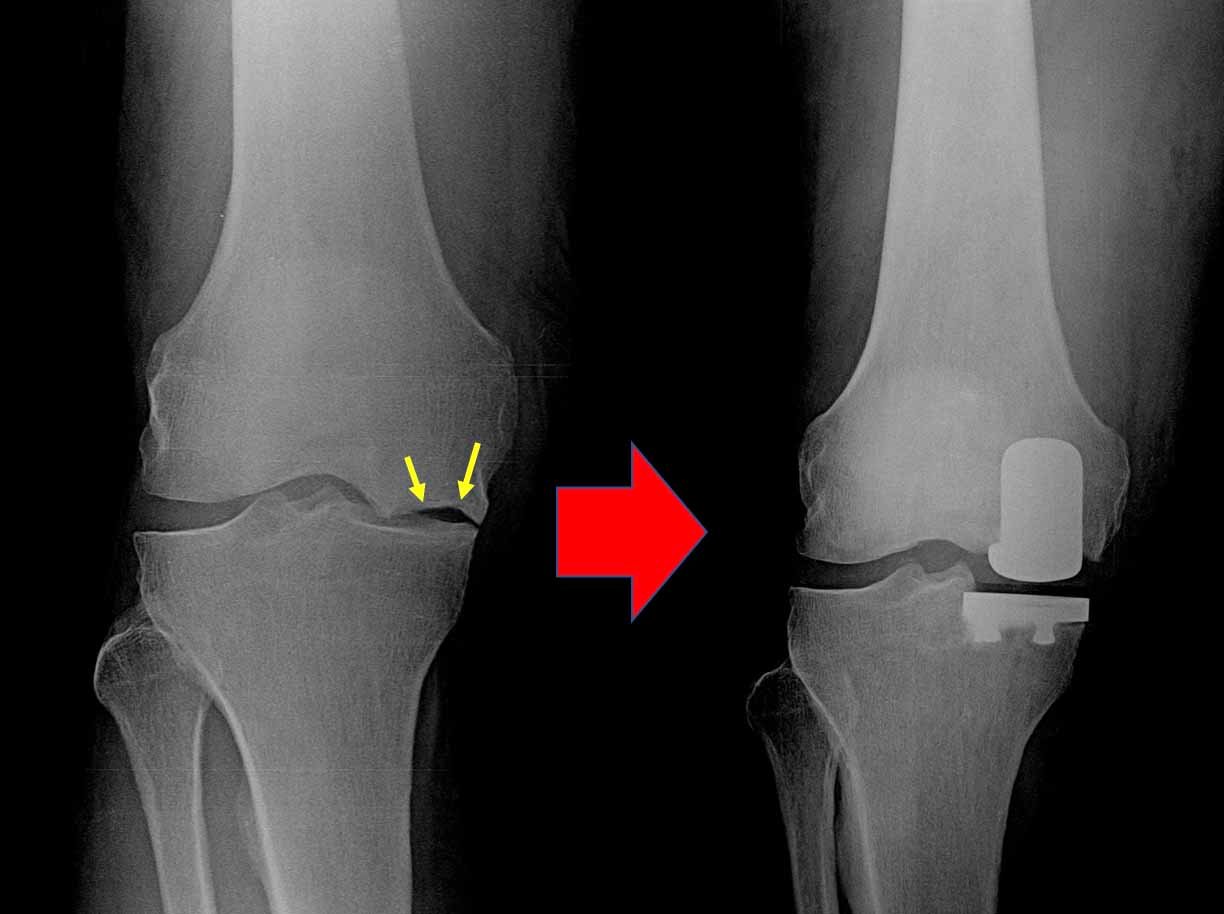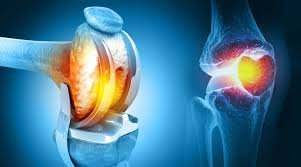Knee Replacement
Knee Replacement Surgery

What is Knee Replacement Surgery?
An artificial joint is used to replace the injured knee joint during knee replacement surgery. People who have chronic knee discomfort from arthritis or an injury are advised to get this surgery. But during the procedure, the surgeon removes the injured knee joint and replaces it with a metal, ceramic, or plastic prosthesis. Reducing pain, restoring mobility, and enhancing general quality of life are the objectives of the procedure.

Arthroscopy
Arthroscopy is a minimally invasive surgical procedure where a surgeon uses an arthroscope (a small camera) to examine and treat problems inside a joint. It’s often used to diagnose and treat conditions like torn cartilage, ligament injuries, or bone spurs, allowing for a less invasive approach compared to traditional open surgery. Arthroscopy is generally not painful during the procedure itself because it’s performed under anesthesia, which can be general, local, or regional.
Partial knee replacement


Total knee replacement
Total knee replacement, also known as total knee arthroplasty, is a surgical procedure that replaces the damaged surfaces of the knee joint with artificial parts, typically made of metal and plastic. It’s commonly performed to relieve pain and improve mobility, particularly in individuals with severe arthritis or other knee-related issues. Knee replacement, also called knee arthroplasty or total knee replacement, is a surgical procedure to resurface a knee damaged by arthritis.
Knee Replacement Surgery Procedure
The knee replacement surgery procedure involves the following steps:-
Anesthesia- You will be given anesthesia before the surgery to help you relax and reduce pain. Depending on the type of surgery and your medical history.
Incision- Once the anesthesia takes effect, we will make an incision in the knee to access the damaged joint.
Preparation of the bone- we will remove the damaged bone and cartilage from the knee joint using specialized tools.
Preparation of the prosthesis-We will then attach the artificial joint, which is typically made of metal, ceramic, or plastic, to the remaining bone using cement or another type of material.
Closure of the incision- Once the prosthesis is in place, We will close the incision with sutures or staples and cover it with a bandage or dressing.
Recovery- After the surgery, you will be moved to a recovery room where you will be closely monitored. You may need to stay in the hospital for a few days to a week to recover, depending on your condition and the type of surgery.
Frequently Asked Questions (FAQs)
Knee replacement, or knee arthroplasty, is a surgical procedure where damaged parts of the knee joint are replaced with artificial components to relieve pain and improve function.
You may be a candidate if you have:
Severe knee pain that limits daily activities
Chronic inflammation/swelling not relieved by medications
Deformity in the knee (bowing in/out)
No relief from non-surgical treatments like physiotherapy or injections
Total Knee Replacement (TKR): Entire joint is replaced
Partial Knee Replacement (PKR): Only the damaged portion is replaced
Revision Knee Replacement: Replacement of a previously implanted prosthesis
Typically, knee replacement surgery takes 1 to 2 hours, depending on the type and complexity.
Most patients resume normal activities within 6 to 12 weeks. Full recovery can take up to 6 months, depending on health and physical therapy progress.

